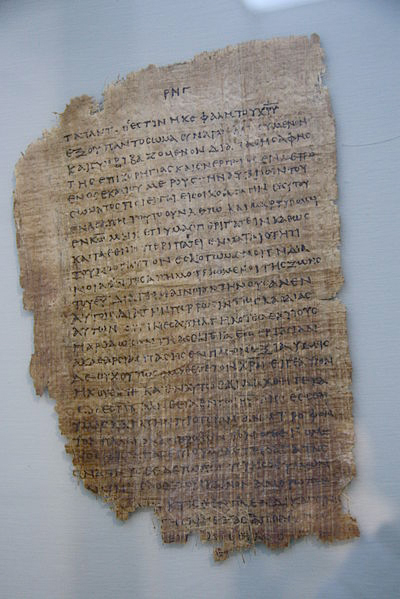- I was casually browsing Twitter yesterday when something caught my eye
DNA from dead #bacteria (and extruded DNA) may inflate species counts (depending on protocol). Early DNAse step? https://t.co/YQvUJq10Df
– Michael J Wise (@some_wise) March 22, 2016
This Tweet embedded one from Carl Zimmer. Here is the original:
The Earth is filled with relic DNA. https://t.co/eJ0lmggmAw
– carlzimmer (@carlzimmer) March 21, 2016
Well, that certainly sounded interesting. So I went to the paper which is a preprint in bioRxiv: Relic DNA is abundant in soil and obscures estimates of soil microbial diversity . By Paul Carini, Patrick J. Marsden, Jonathan W. Leff, Emily E. Morgan, Michael S. Strickland, and Noah Fierer.
And, well, the paper, posted March 17, 2016 is very interesting so I thought I would share it here.
Abstract:
It is implicitly assumed that the microbial DNA recovered from soil originates from living cells. However, because relic DNA (DNA from dead cells) can persist in soil for weeks to years, it could impact DNA-based analyses of microbial diversity. We examined a wide range of soils and found that, on average, 40% of prokaryotic and fungal DNA was derived from the relic DNA pool. Relic DNA inflated the observed prokaryotic and fungal diversity by as much as 55%, and caused misestimation of taxon abundances, including taxa integral to key ecosystem processes. These findings imply that relic DNA can obscure treatment effects, spatiotemporal patterns, and relationships between taxa and environmental conditions. Moreover, relic DNA may represent a historical record of microbes formerly living in soil.
Some more details
- Relic DNA they define as DNA from dead cells.
- Key Method: PMA based inactivation of relic DNA
- Samples collected and split into two subsamples. For one of those subsamples PMA was added.
- PMA intercalates into DNA helices but is generally excluded by living cells so it will preferentially intercalate into free DNA or DNA in dead cells (well, cells without intact membranes / walls).
- Upon exposure to light, PMA that has intercalated into DNA will bind to and modify the DNA.
- The modified DNA is not amplifiable by PCR.
- Analysis of relic vs. non relic DNA in samples
- Comparison of total bacterial and fungal in PMA treated or untreated
- Subtracted qPCR values for PMA+ samples from that of PMA- samples to estimate amount of relic DNA of different kinds in samples
- PCR amplification and sequencing of 16S rRNA genes (for bacteria and archaea) and ITS region (for fungi) in PMA+ and PMA- samples
Lots and lots of interesting things in the paper. I think everyone doing microbial diversity studies should read it …
A few additional things to note
- This is a Preprint and has not been peer reviewed. This is a way to share papers prior to them being peer reviewed. More on bioRxiv policies can be found here.
- Kudos to the authors for posting this to bioRxiv.
- The paper is posted using a restrictive license. It is labeled “The copyright holder for this preprint (which was not peer-reviewed) is the author/funder. All rights reserved. No reuse allowed without permission.” This is why I have not included figures from the paper in this post or extensive quotes from the paper. Anyone can read the paper at bioRxiv and again, kudos to the authors for posting it there.
- For full disclosure, I am on bioRxiv’s Advisory Board
- I encourage everyone to consider posting preprints of your papers on bioRxiv. You can choose the license that works best for you. Most journals are supportive of posting papers at sites like bioRxiv but some are not, so if you plan to submit to a specific journal you should look up their policies on “PrePrints”.
- bioRxiv text about journal policies is below:
- Most research journals allow posting on preprint servers such as bioRxiv prior to publication. A list of journal policies can be found on Wikipedia and SHERPA/RoMEO. Authors should consult these lists and other sources of information before posting on bioRxiv.
After I read the paper I posted about it to Twitter and Facebook and LinkedIn and now, here. For example see below:
Must read of month: Relic DNA is abundant in soil and obscures estimates of soil microbial diversity https://t.co/wh3JUA46hb h/t @carlzimmer
– Jonathan Eisen (@phylogenomics) March 22, 2016
I really do think it is a must read and I encourage people to check it out.
Keeping track of some social media discussion via Storify:
Also see these related posts:
